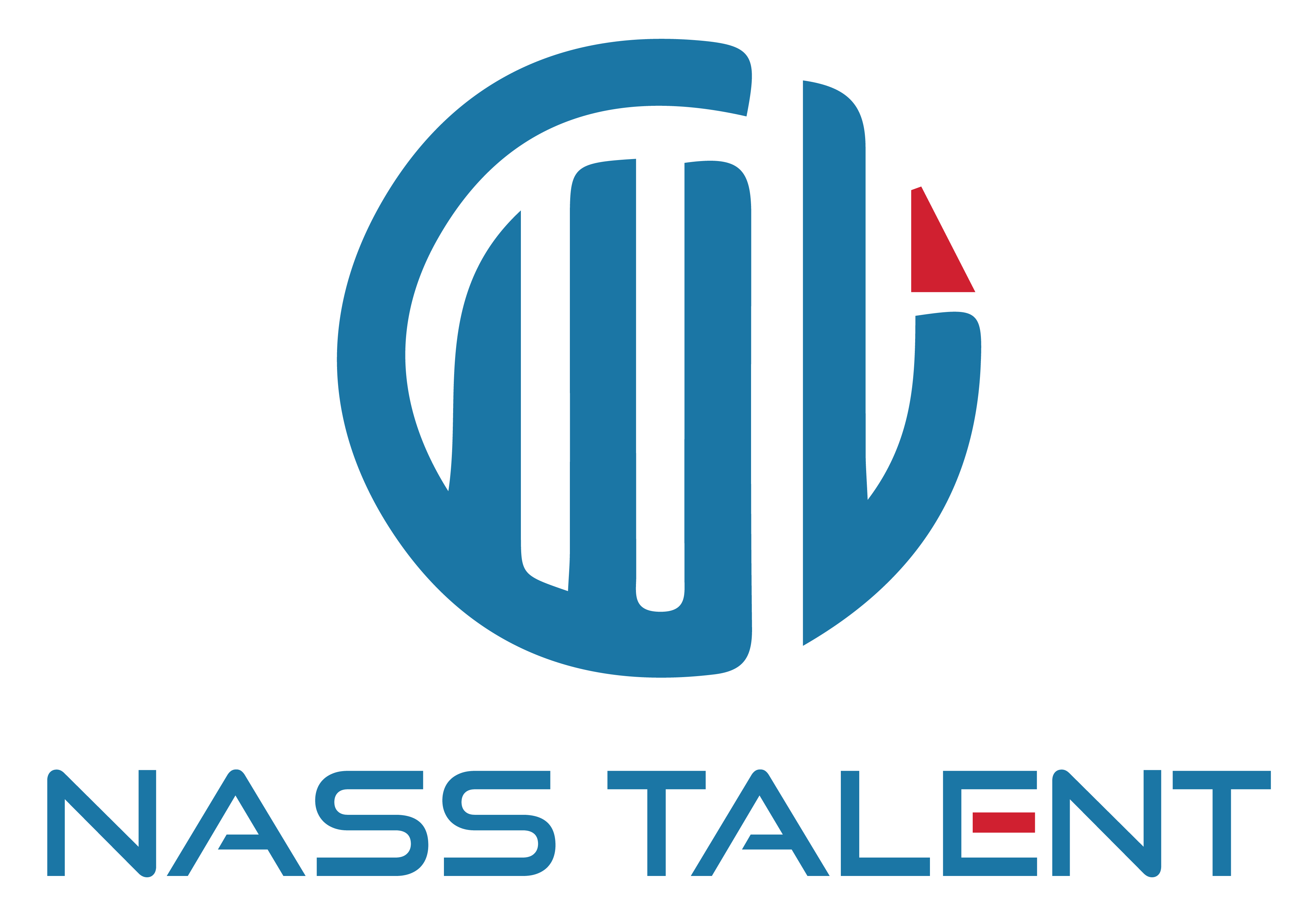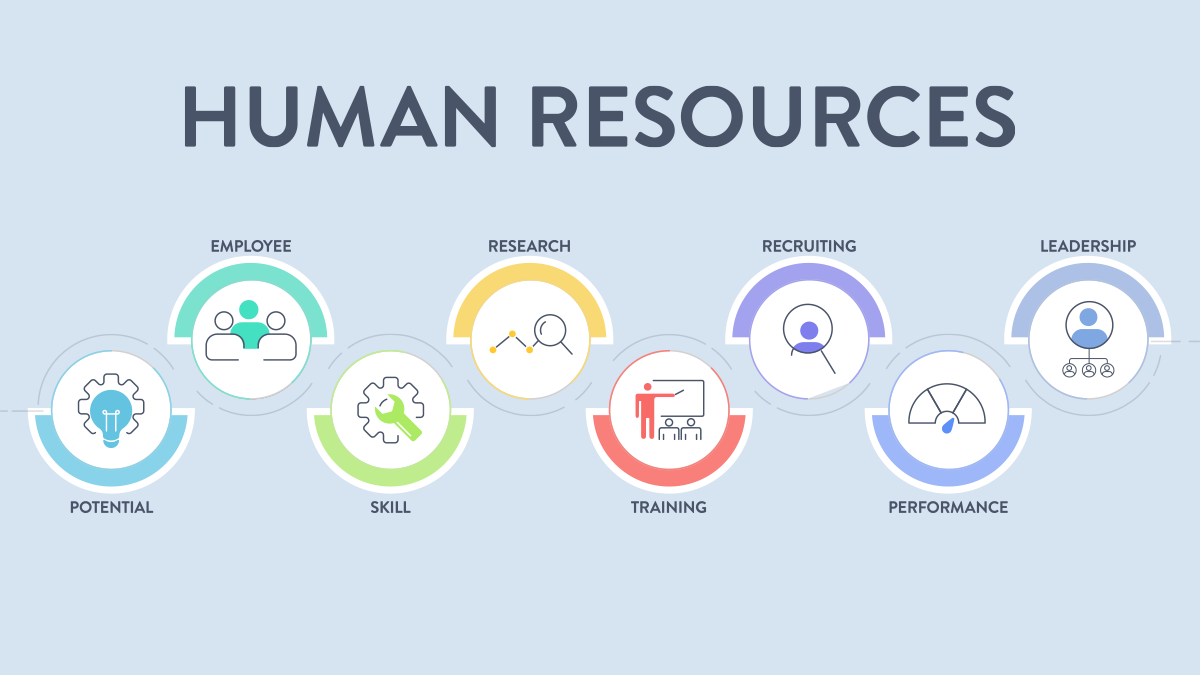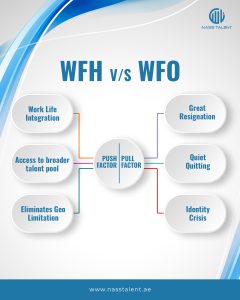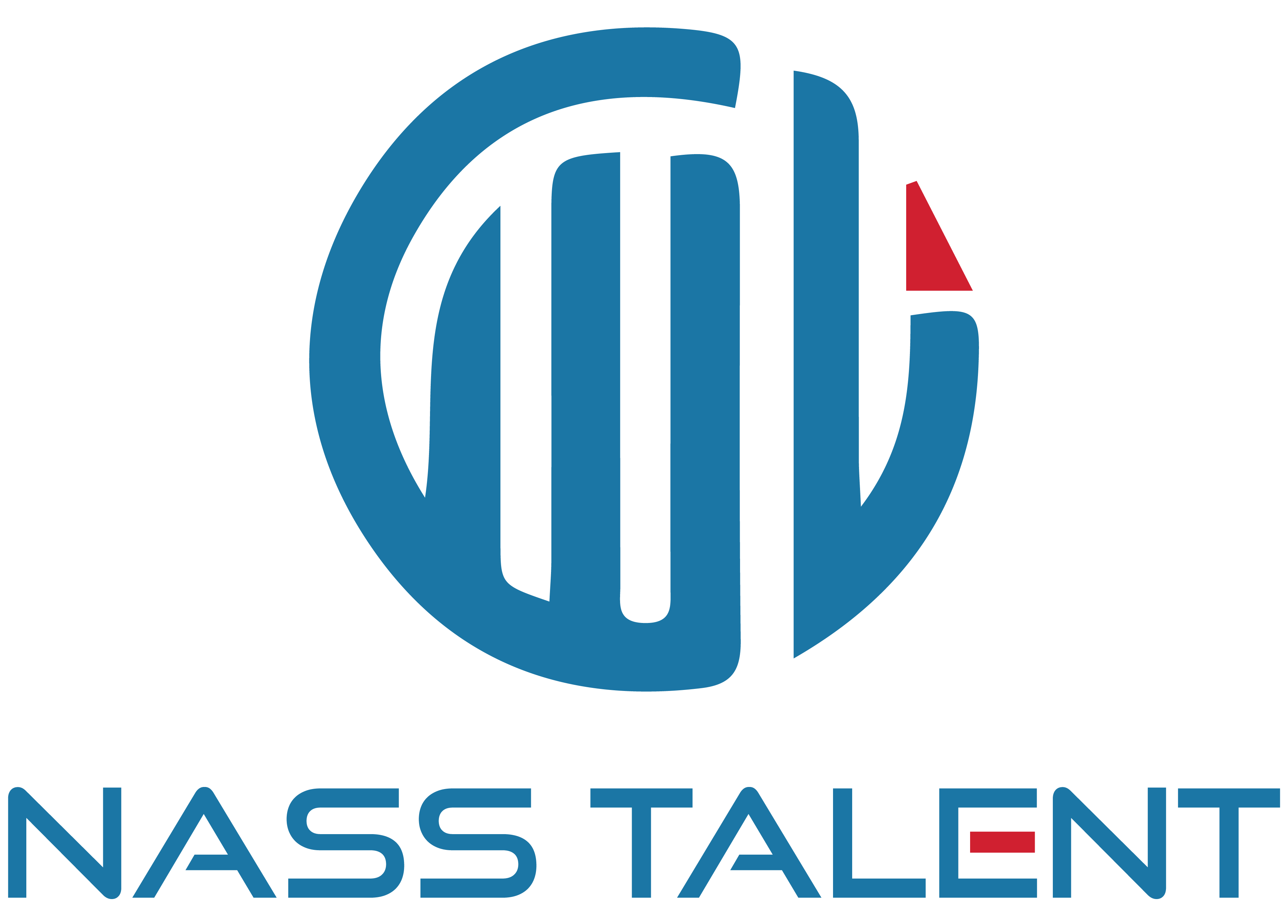Best Practice Talent Acquisition: A Complete Guide

In the current world where competition in the labour market is stiff, it is very important that an organization is strategic in the manner it gets the best and most qualified employees in the market. Managing talents diligently are not only a function of providing efficiency in staffing, but also provides capability to build a strong workforce for your organization. In this guide you will learn about approaches and actions that are likely to build upon your present talent acquisition and keep you a winner in the talent league.
Understanding Talent Acquisition
Talent acquisition could also be defined as the systematic identification and sourcing of employees for employment within the company or organization in a bid to seen as possessing the required skill and a right fit for the organization. While recruitment is sourcing and selecting candidates on an ongoing basis, talent acquisition is a strategic process which is designed for the long-run.
Components
- Employer Branding: Crafting a compelling employer brand that attracts top talent.
- Candidate Experience: Ensuring a positive and engaging experience for candidates throughout the hiring process.
- Talent Pipelining: Developing a pool of qualified candidates for future opportunities.
Best Practices for Talent Acquisition
Develop a Strong Employer Brand
- Branding Strategies: Help your target audience to visualize your brand by presenting the idea of what your employer brand is in terms of its value system, organizational culture, and advantages for candidates. Promote a socially-responsible company image and attractive brand through the use of social media, testimonial of other employees and company website.
- Case Studies: Google and Salesforce are examples of organisations which show that a corporate identity with a focus on a positive employer image will help attract the best talent to organisations.
Enhance Candidate Experience
- Streamlined Application Process: Different interfaces of application should be designed in order while making sure that instructions and options for different choices are understandable for the users. Make sure the environment of application system is friendly to the mobile; In addition, the feedback should also be real-time.
- Personalized Communication: On the aspects of communication and feedback, ensure that the candidates are communicated to on a one-on-one basis and this is done frequently with an improved experience.
Leverage Technology and Data
- HR Tech Tools: Make use of better and enhanced human resource technologies like ATS, the use of AI in organizations recruitment tools, and recruitment marketing software to enhance your best practice talent acquisition.
- Data-Driven Decisions: Always collect and analyze data and information on your hiring practices and human resources in an effort to check on the performance level of your strategies and discover new patterns that might help you in your decision-making processes for recruitment.
Build and Maintain a Talent Pipeline
- Proactive Recruitment: That means you want to build friendships with people before they are actually looking for a job. Recruit passive candidates at social networks, business fairs, exhibitions or professional conferences and meetings.
- Talent Communities: Recruiting and maintaining a deep involvement with your candidates by feeding them content material, events, networking all the way through to capture their interest in your organization.
Collaborate with Hiring Managers
- Alignment: The HR and hiring managers should be on the same page when it comes to talent and jobs required in an organisation.
- Effective Communication: Establish effective communication between the HR department and the hiring managers so as to front and solve any problems arising from the hiring process.
Challenges in Talent Acquisition and How to Overcome Them
Common Challenges
- Talent Shortages: Address the shortage of skilled candidates by expanding your sourcing strategies and developing talent within the organization.
- Diversity Hiring: Overcome biases and promote diversity by implementing inclusive hiring practices and diversifying your recruitment channels.
- Remote Recruitment: Adapt to remote recruitment challenges by leveraging virtual hiring tools and developing effective remote onboarding processes.
Solutions
- Talent Development Programs: Invest in training and development programs to build skills and fill talent gaps.
- Inclusive Practices: Implement strategies to promote diversity and ensure fair hiring practices.
- Virtual Hiring Solutions: Utilize video interviews and online assessment tools to facilitate remote hiring.
Measuring the Success of Talent Acquisition Strategies
Key Metrics
- Time-to-Hire: One of the ways of evaluating the effectiveness of the selection process is to determine the time that it takes to make a hire.
- Quality of Hire: Monitor the performance levels and attrition rate of the newly recruited employees so as to determine the efficiency of the recruitment process.
- Candidate Satisfaction: It is possible to collect the opinion of candidates to assess the situation and define the weaknesses of the process.
Continuous Improvement
- Data Utilization: Use recruitment metrics to identify trends, adjust strategies, and continuously enhance your talent acquisition processes.
Future Trends in Talent Acquisition
Emerging Trends
- AI in Recruitment: Integrate AI in the organizations to ease the process of elimination of candidates and improve the process of recruitment.
- Remote Hiring: Stay ahead of the times and optimize your processes related to remote working by improving remote hiring and onboarding.
- Gig Economy: While predicting the changes in the future, start appropriating the concept of flexible hiring practices and managing the diverse workforce that could be comprised of gig workers in the future.
Preparing for the Future
- Stay Informed: It is important to pay attention to the trends in the industry/ market/ new technologies to measure up with the competition in employing talents.
- Innovate: This means that you should always come up with new methods of recruiting staff that would fit the current world market.
Conclusion
Ensuring that the best practice talent acquisition is followed is crucial for the organization to engage the best talent in the current market. It is, therefore, important to improve on your employer branding, candidate experience, modes of use of technology, identification of talent pipelines and the challenges affecting your recruitment drive for a better Human Resource pool. Be proactive in the modernization of the talent acquisition and constantly adapt and enhance the used approaches.
FAQ
Talent acquisition is a strategic, long-term approach that is focused on recognizing and cultivating top talent while recruitment is more of a reactive measure to fill existing roles.
Some of the crucial steps toward talent acquisition include workforce planning, employer branding, sourcing, candidate assessment, and onboarding. Implementing best practices for talent acquisition involves building a strong employer brand that attracts top candidates for an efficient streamlining of the recruitment process.
Improving talent acquisition involves strengthening employer branding, leveraging data-driven hiring, and harboring a positive candidate experience.
Technologies in talent acquisition enhance streamlining through applicant tracking systems, AI for candidate matching, virtual interviews, and assessments.
Some common mistakes to avoid in talent acquisition include neglecting employer branding, relying only on resumes, and not interacting with passive candidates as they can limit access to the top talent. Companies that prioritize best practices for talent acquisition typically see improved retention rates, as they focus on finding candidates who align with their culture and values.









